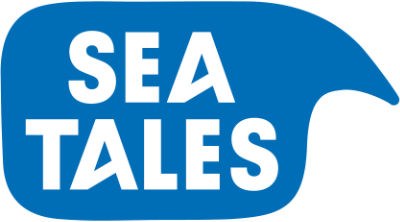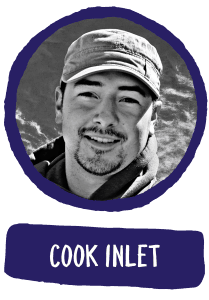Sockeye salmon from Cook Inlet (Alaska, USA)
Facts & Figures
“I love to come back every year!”
For his whole life, fisherman Brian Chase lives in Kasilof during salmon season, nowadays with his wife and two kids. Off-season he lives in Seattle and works for the American Coast Watch. A big change, but during the summer the whole family enjoys the beautiful and rough nature that Alaska has to offer. Brian loves cooking for his family and prefers to use an open flame. “Make sure that the salmon is cooked, but still juicy, and serve it with lemon juice, chopped garlic and a sprinkle of sea salt. Pure and natural - naturally delicious!”
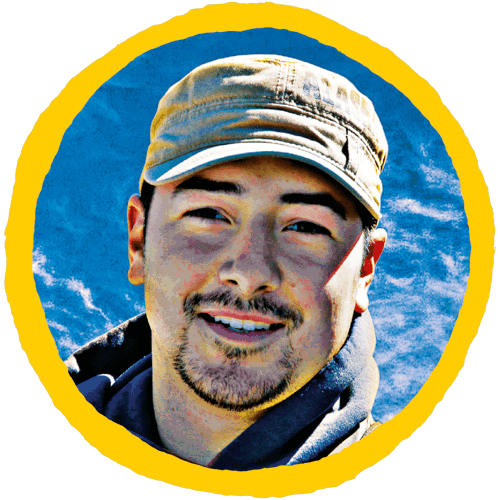
Great catch
The Chase family and fellow fishermen use anchored or drifting gillnets. Depending on whether they fish from the beach or from further out in the inlet. The Chase family uses set gillnets which they set out from the beach in the morning with open boats. The anchor in the sand keeps the net from drifting away from shore. Buoys at the top of the net keep it afloat. The salmon swim against the net and stay attached to its gills. Fishermen remove the salmon from the net with their hands. Fishing with drifting gillnets works quite the same, just a little bit different. With drifting gillnets, the nets are kept afloat with buoys in the open water.
Seasonal work in Cook Inlet
In the bay of Cook Inlet, you’ll find the small village of Kasilof, surrounded by rough nature with tall pine trees and lakes with surfaces smooth as glass. Ever since the ‘90s, the Chase Family spent the summer on the coast of the Cook Inlet. They are one of many fishermen who fish for sockeye salmon from open fishing boats.
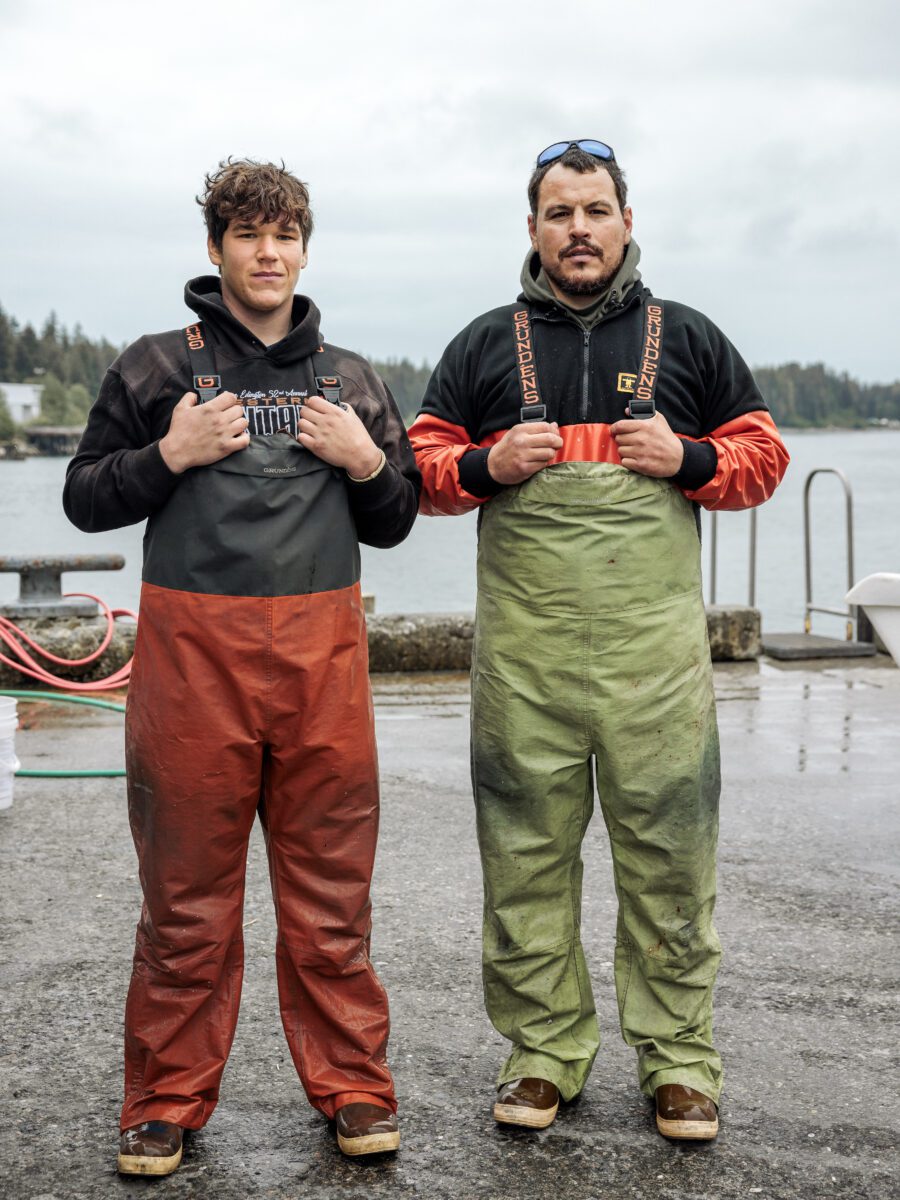
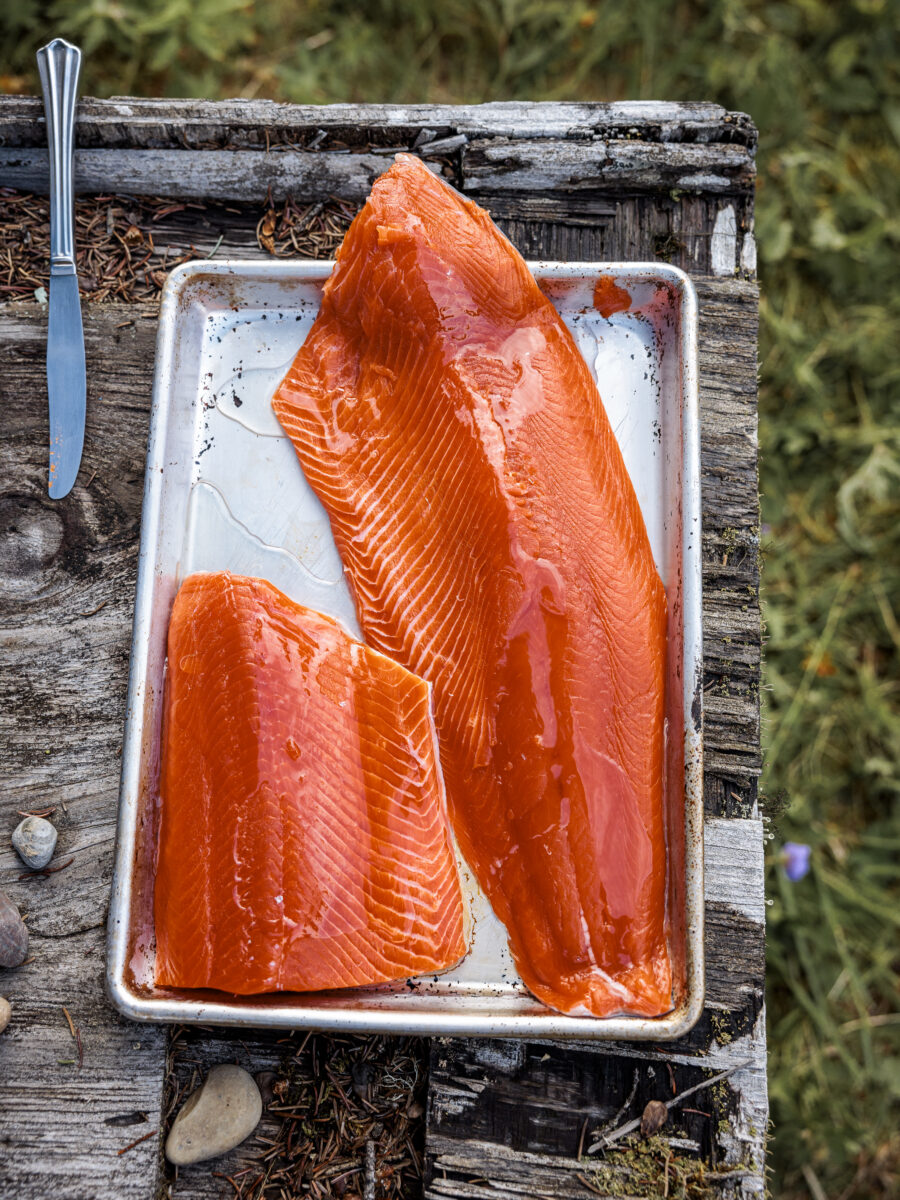

Southern peninsula
Kasilof is on the Kenai-peninsula, an area in the south of Alaska that’s known for its rough and rich nature. Not many people live here: the population of the village is about 500-600 people. The peninsula is surrounded by Cook Inlet on one side and the Gulf of Alaska on the other side.

Wild sockeye salmon
Sockeye salmon is an anadromous fish: born in freshwater, spends most of its life in saltwater and returns to rivers and streams to reproduce in summertime. They swim upstream in the Kasilof-river to lay and fertilise eggs. That’s hard work! So before their trip, the fish fills its belly with plankton and little shrimps (that’s where they get that gorgeous deep red colour from). When the Chase family catches the fish, it’s at its fattiest - and bursting with flavour!

